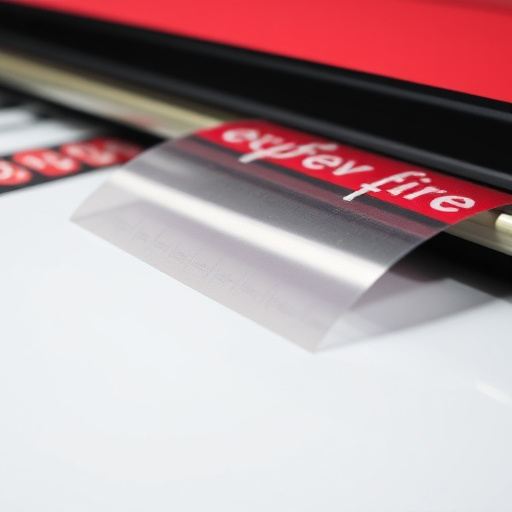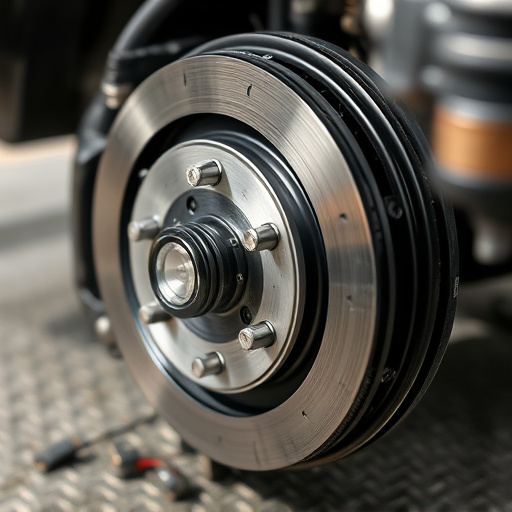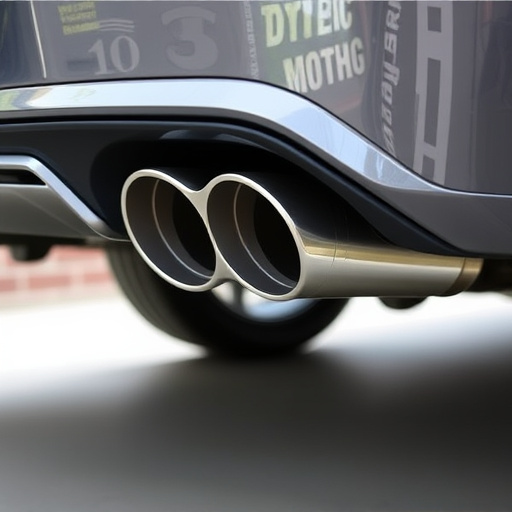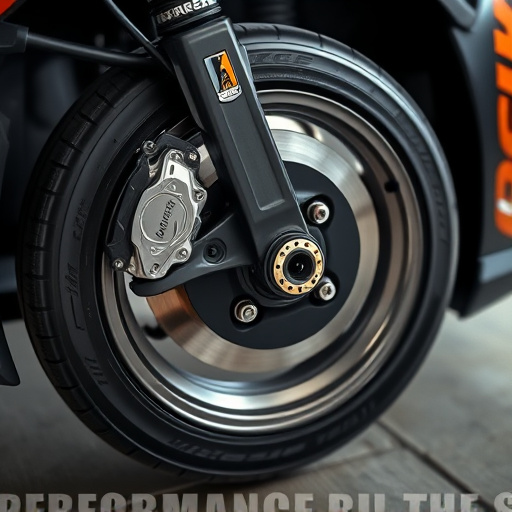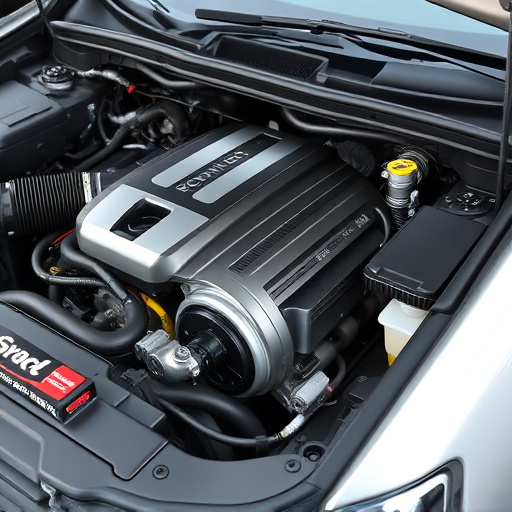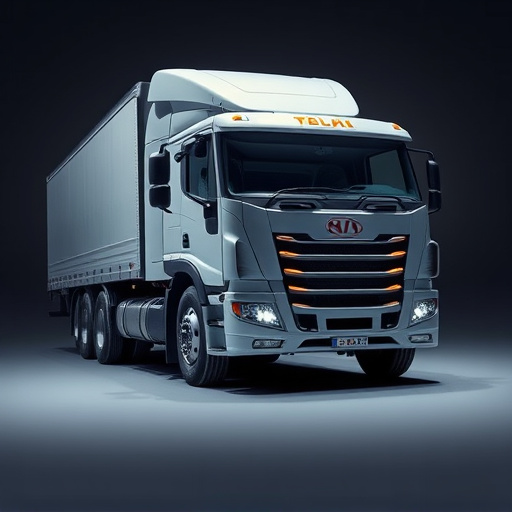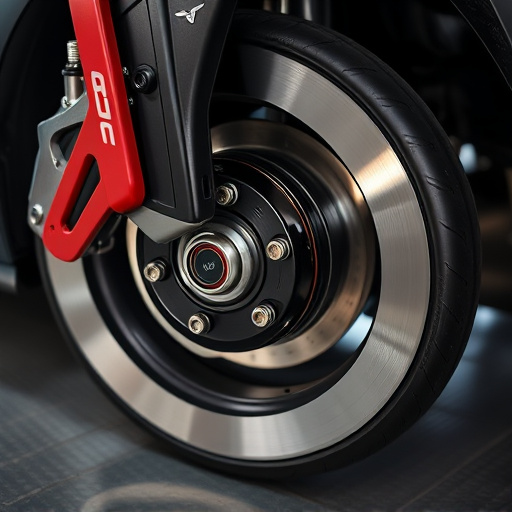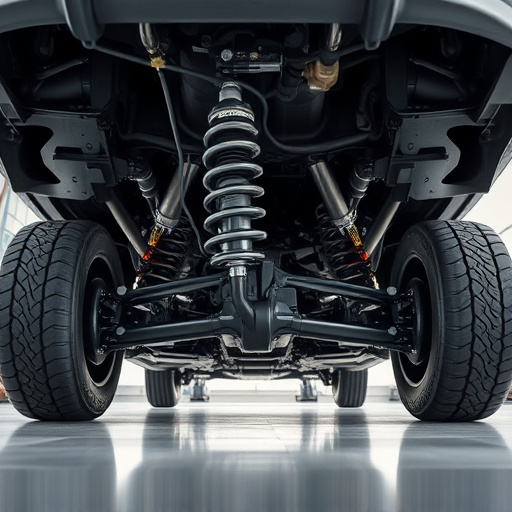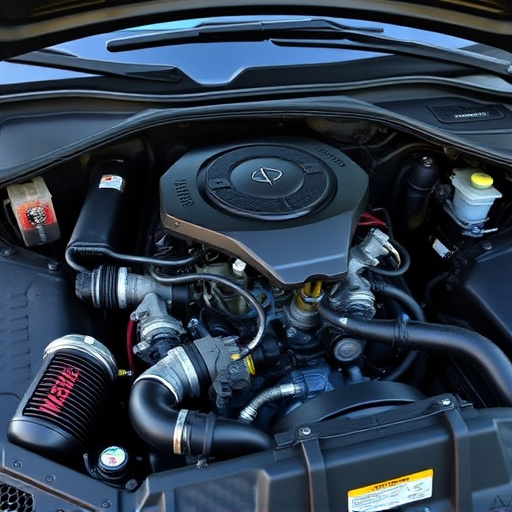Turbo wastegates, critical components in turbocharged engines, regulate exhaust gas flow for enhanced performance and efficiency. Durable designs, incorporating advanced alloys, strategic cooling, and precise engineering, are essential for high-heat off-road conditions or high-performance vehicles, ensuring optimal power delivery, throttle response, and engine longevity.
In the realm of automotive performance, the turbo wastegate is a game-changer. Understanding its role as a vital component in turbocharged engines is essential, especially in high-heat environments where durability becomes paramount. This article delves into the intricacies of turbo wastegates, exploring their basic components and how they function. We dissect the unique challenges posed by extreme heat and highlight design features and materials that ensure lasting performance, making them indispensable for enthusiasts seeking peak engine efficiency.
- Understanding Turbo Wastegates: Their Role and Basic Components
- Challenges in High-Heat Environments: What Makes Durability Crucial
- Design Features and Materials for Enhanced Durability in Extreme Conditions
Understanding Turbo Wastegates: Their Role and Basic Components
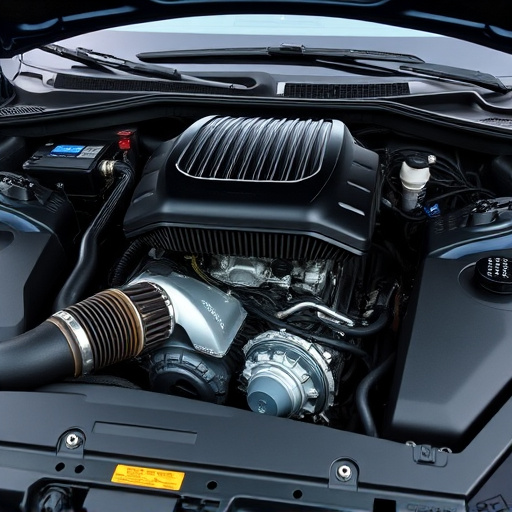
Turbo wastegates play a pivotal role in turbocharged engine systems, managing the flow of exhaust gases to enhance performance and efficiency. They act as a valve that controls the release of pressurized air from the turbocharger, allowing for precise regulation of engine power output. These components are designed to withstand extreme conditions within the engine bay, ensuring optimal performance even under high-heat environments.
The basic structure of a turbo wastegate comprises several key parts. It typically includes an actuator, a valve, and various sensors. The actuator is responsible for opening or closing the valve, which in turn controls the exhaust flow. Sensors monitor various parameters like engine speed and pressure to ensure accurate operation. When integrated with a cat back exhaust system or muffler tips, turbo wastegates contribute to smoother power delivery, improved throttle response, and overall enhanced engine performance, especially at higher RPMs. Exhaust mufflers also benefit from this technology as it reduces noise levels while maintaining efficient gas flow.
Challenges in High-Heat Environments: What Makes Durability Crucial
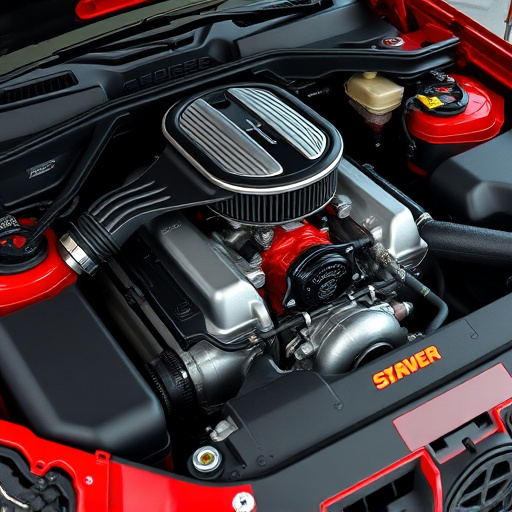
In high-heat environments, such as those found in extreme off-road conditions or high-performance vehicles, a turbo wastegate faces unique challenges. The relentless heat can degrade typical wastegate components over time, leading to potential failures and compromising engine performance. Durability becomes paramount here; a robust turbo wastegate designed for these harsh conditions is essential to ensure the longevity of the entire turbocharging system.
This issue is particularly relevant when considering the intricate nature of turbo wastegates, which manage the flow of exhaust gases away from the turbine, regulating turbocharger operation. Any weakness in this component can disrupt engine efficiency and even cause damage to surrounding brake components and coilover kits, underlining the critical need for a high-durability wastegate tailored for such environments.
Design Features and Materials for Enhanced Durability in Extreme Conditions
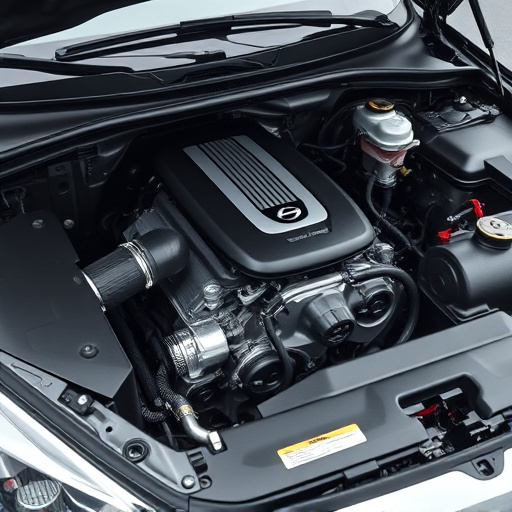
The turbo wastegate is designed with extreme conditions in mind, employing robust materials and innovative design features to ensure durability in high-heat environments. Key among these is the use of advanced alloys that can withstand intense thermal stress without compromising structural integrity. These alloys are often reinforced with specialized coatings that not only protect against corrosion but also insulate against heat transfer, a critical factor in maintaining optimal performance under strenuous conditions.
Moreover, the wastegate’s design incorporates strategic cooling elements and efficient airflow management systems to mitigate heat buildup. Precision-engineered exhaust tips direct hot gases away from sensitive components, while high-performance parts like bearings and seals are engineered for longevity even in the face of consistent exposure to elevated temperatures. This meticulous attention to detail ensures that the turbo wastegate not only performs reliably but also stands as a testament to engineering excellence in extreme automotive environments.
The modern turbo wastegate, designed for durability in high-heat environments, is a testament to engineering innovation. By understanding its basic components and the challenges of extreme conditions, manufacturers have developed robust designs using advanced materials. These enhancements ensure optimal performance and longevity, addressing the critical need for reliability in demanding automotive applications, especially with increasing engine power and efficiency standards. This focus on turbo wastegate durability paves the way for improved vehicle dynamics and reduced emissions in today’s high-performance vehicles.
